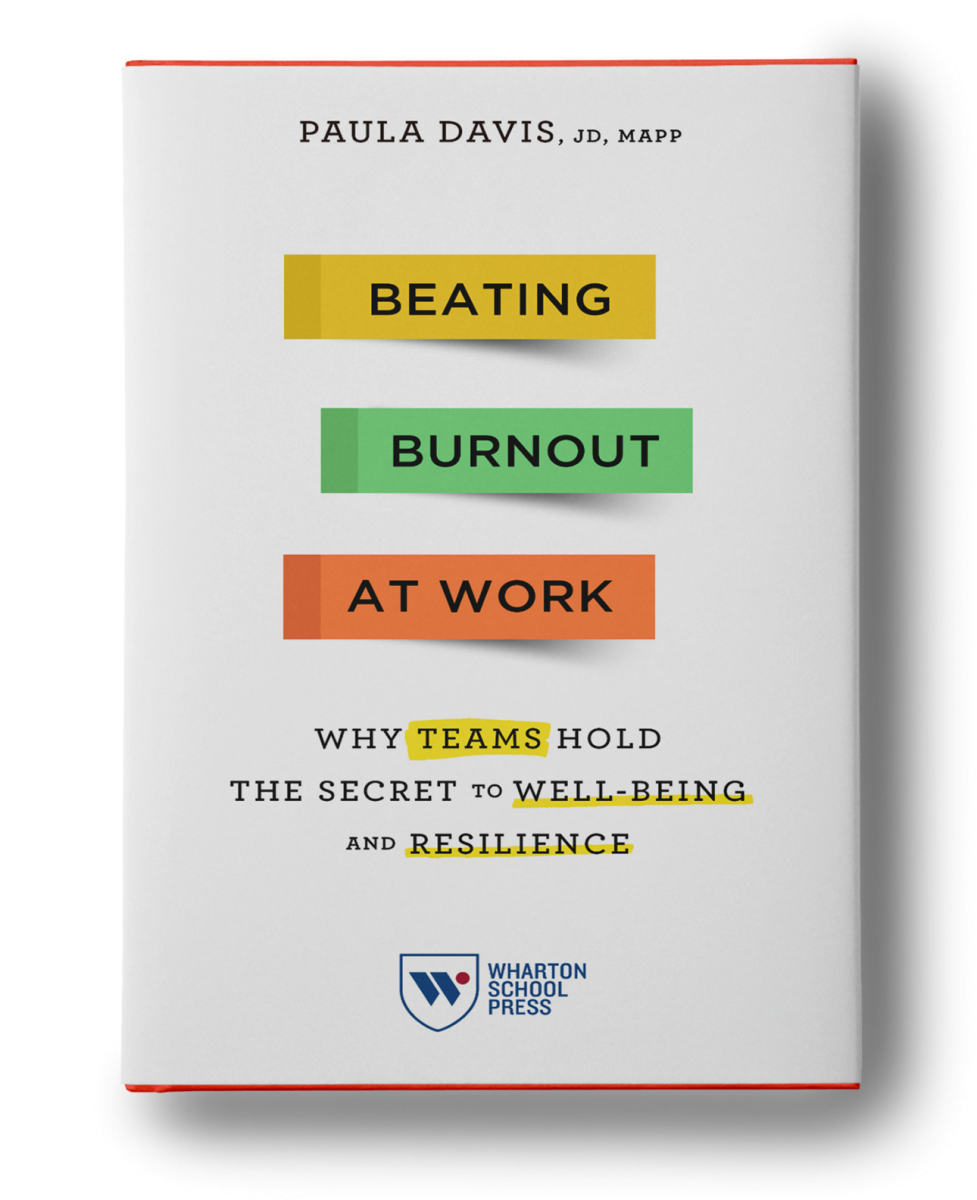I’m fascinated by this topic because I consider myself to be a recovering perfectionist. I use the term “recovery” in an intentional way because there are many days where I have to fight the tendency to be overly hard on myself and battle the negative characteristics of perfectionism. In addition, I do a lot of work in the area of burnout prevention, and research shows that perfectionistic tendencies are associated with a higher risk of burnout (Aydemir & Icelli, 2013).
Perfectionism is a topic I heavily explore with virtually every coaching client of mine. As I dug further into the research in this area, I discovered that there are actually different types of perfectionism. Here are five:
Self-oriented perfectionism: Self-oriented perfectionists have high personal standards, expect to be perfect, and are very self-critical if they fail to meet these high expectations. Self-oriented perfectionists tend to have an affiliative (the desire to create social and emotional bonds with others) humor style. Studies show that this type of perfectionism is also linked with nurturing, intimacy, social development, and altruism.
Socially prescribed perfectionism: Socially prescribed perfectionists believe that other people expect them to be perfect and that these other people will be highly critical of them if they fail to meet expectations. This type of perfectionist will tend to poke fun at his or her own expense and often utilizes a self-deprecating style of humor. Socially prescribed perfectionists may have low self-esteem and have a hard time finding positive ways of coping with stress and adversity. This makes sense if you’re living in a world where your every move is being analyzed and you constantly feel like you can’t measure up.
Other-oriented perfectionism: Other-oriented perfectionists expect other people to be perfect and are highly critical of those who fail to meet their impossibly high expectations. How many of you live or work with someone who has this type of perfectionism? Other-oriented perfectionists tend to use an aggressive style of humor as a way to criticize others and/or show their disapproval, are described as uncaring, and seek to dominate others while having a low interest in helping and supporting other people.
When self-oriented, socially prescribed, and other-oriented perfectionism are compared, only self-oriented perfectionism showed a significant correlation with gender; specifically, women reported higher levels of self-oriented perfectionism than men.
Overt perfectionism: Overt perfectionists have a very strong preference for order and show increased anxiety when they don’t have order around them. They tend to be opinionated and like to be right and often avoid activities that they cannot do well or don’t understand. I suspect that this type of perfectionism is linked to having a fixed mindset – the belief that your abilities (e.g., intelligence, athleticism, creativity, etc.) are fixed or pre-determined and cannot be developed. Overt perfectionists fear failure and do everything they can to prevent it by being in control (Smith, 2013).
Covert perfectionism: Covert perfectionists are “closeted” perfectionists and can sometimes be hard to identify because their actions don’t always match the perfectionistic thoughts in their head. Covert perfectionists tend to have low expectations of those around them and will outwardly say they prefer being average or laid back, yet internally they secretly want to succeed. They may underachieve to avoid any pressure to succeed or competition with those who may be better at an activity (Smith).
My style of perfectionism is a blend of self-oriented and overt perfectionism with a small dash of socially prescribed perfectionism thrown into the mix.
Many of the beliefs that support our perfectionistic tendencies have become hardwired throughout our lives and can be difficult to break.
My favorite definition of perfectionism comes from Dr. Brene Brown, who says it is the self-destructive and addictive belief system that fuels this thought: “If I look perfect and do everything perfectly, I can avoid or minimize the painful feelings of shame, judgment and blame.” As a result, one of the best ways to break free of perfectionism is to develop and build shame resilience, which I explain in more detail here.
By building shame resilience and becoming less critical of ourselves and others, we can move from perfect to good enough.
For more strategies and tips to bust perfection and thrive under stress, go to our On-Demand Resource Center and find free tools to help prevent burnout and promote resilience.
References
Aydemir, O., & Icelli, I. (2013). Burnout: risk factors. In Burnout for Experts, 119-143 (Sabine Bahrer-Kohler, Ed.) London, England: Springer.
Smith, A.W. (2013). Overcoming Perfectionism. Deerfield Beach, FL: Health Communications, Inc.
Stoeber, J. (2015). How other-oriented perfectionism differs from self-oriented and socially prescribed perfectionism: Further findings. Journal of Psychopathology and Behavioral Assessment (published online).]]>







